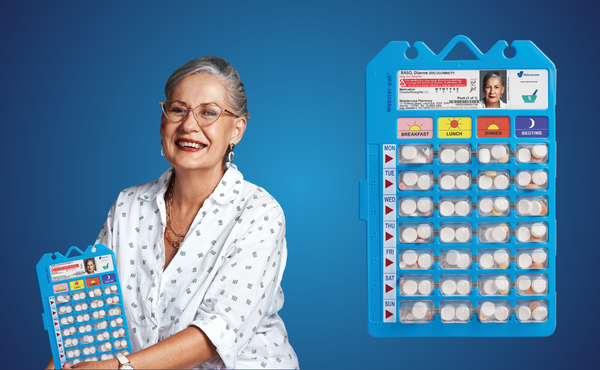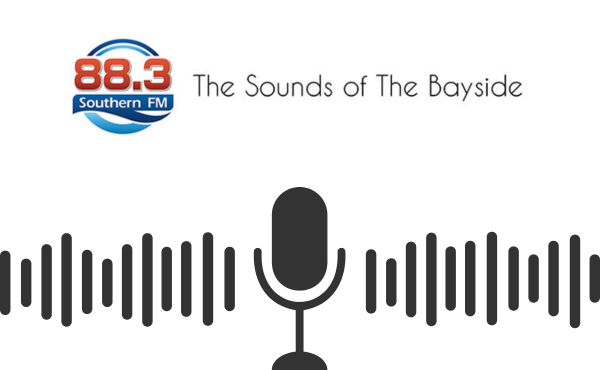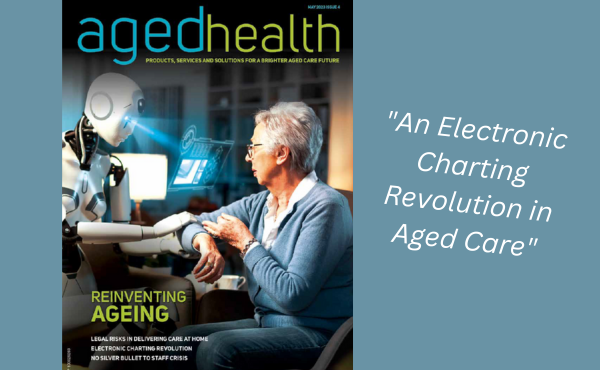Our Most Important Safety Feature: Photo Identification

Why A Unit Dose Medication System is Right for Your Facility
July 30, 2020
WINNER Good Design Awards Gold Accolade
September 9, 2020August 24th, 2020 at 3:00PM AEST
Our Most Important Safety Feature: Photo Identification
Safe Medication Administration Relies on Facial Recognition
Computers may have surpassed the human brain at many tasks, but not yet with facial recognition, which is a highly evolved human capability. As a result, photo identification remains a crucial feature of systems that involve high-risk security and support human safety.
So it makes sense to apply this policy within Residential Aged Care Facilities (RACFs).
The Face of RACF
RACF staff face huge demands – often run off their feet, with limited opportunity for high-level training to manage increasingly high-care needs of residents.
In such environments, often with locum staff, we must employ the best systems. This involves, maximising RACF staff adherence to duties and tasks, and minimising the risk of a harmful error impacting on a resident.
The systems employed by your facility need to be intuitive to support staff adherence to protocols. They should also offer an easy rhythm to daily tasks which supports efficiency and job satisfaction. The ‘icing on the cake’ – adherence offers the ultimate comfort that errors aren’t being made.
We Never Forget A Face
Facial recognition is a skill that requires no training. For this reason, the resident photo is a core element of all systems we develop for RACFs. From our gold standard medication system, Unit Dose 7®, to our iconic Webster-pak® Multi Dose, and our convenient alternative, the Portion-pak® system. A large, high resolution colour image will quickly confirm the identity of residents.
The extra-large colour image of the resident on the front cover is also a feature of Webstercare’s RxMedChart™ medication chart. In fact, photo identification remains the most consistent safety feature throughout our extensive range of medication systems, charting and software options.
Within busy RACF environments, where errors have life and death consequences, employing photo identification protocol is a ‘no-brainer’ decision. A simple glance can confirm with confidence, that the person in front of you matches the identity on your list.



